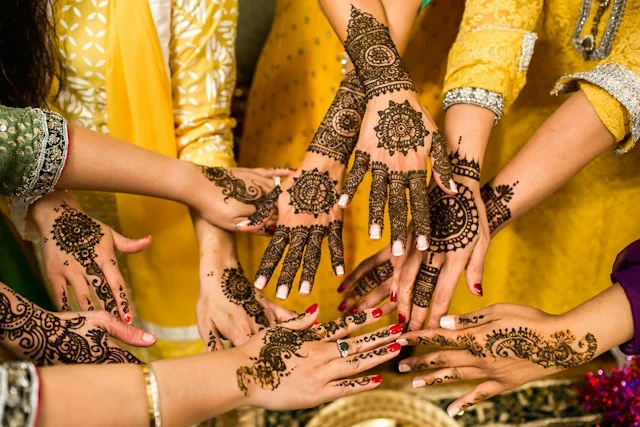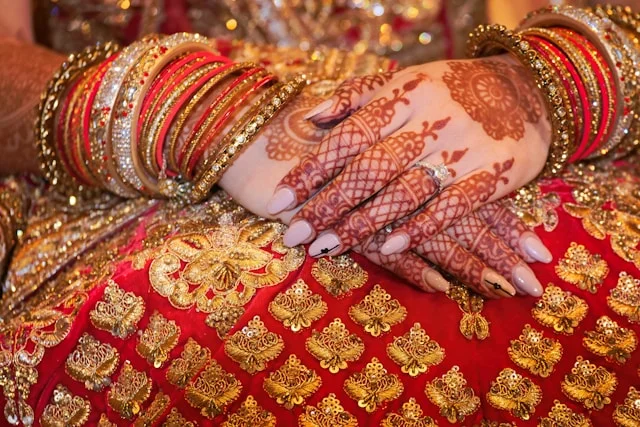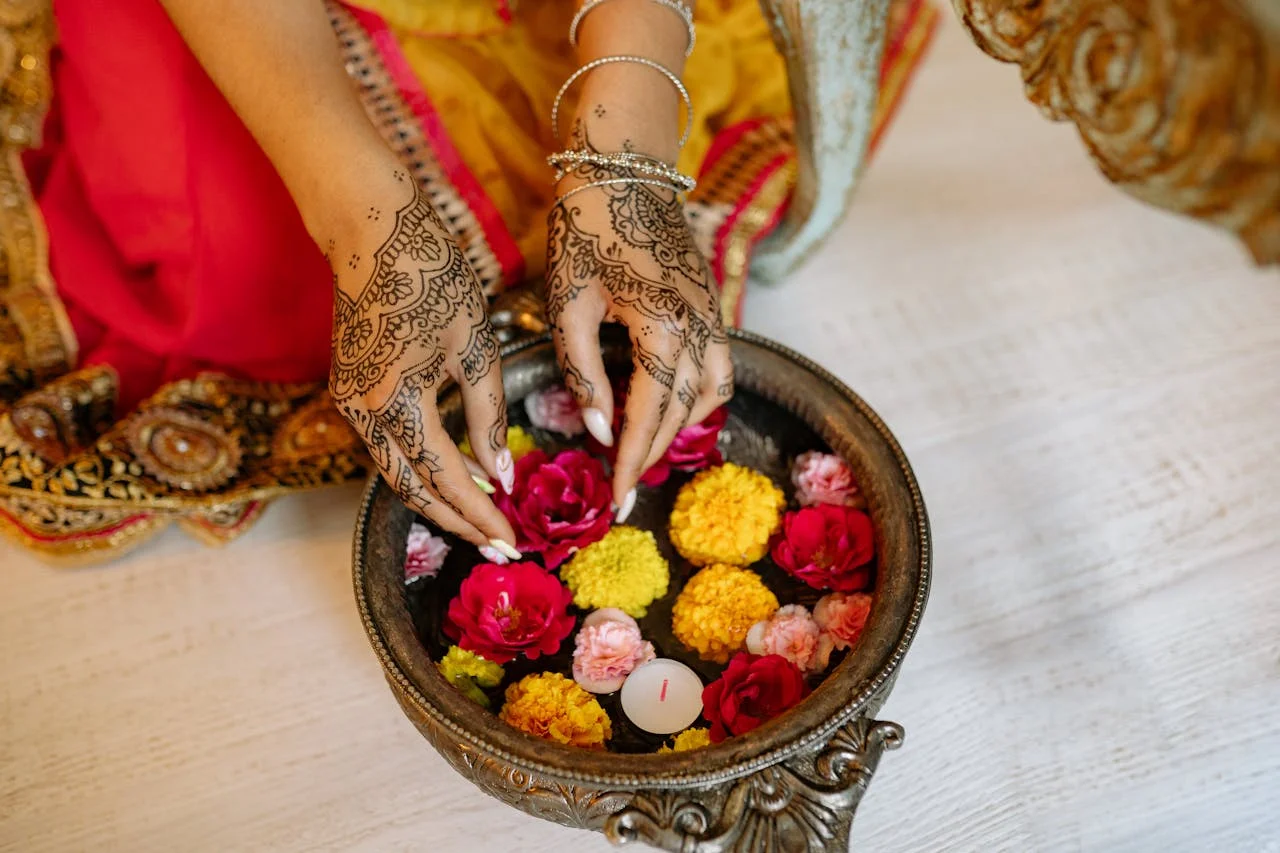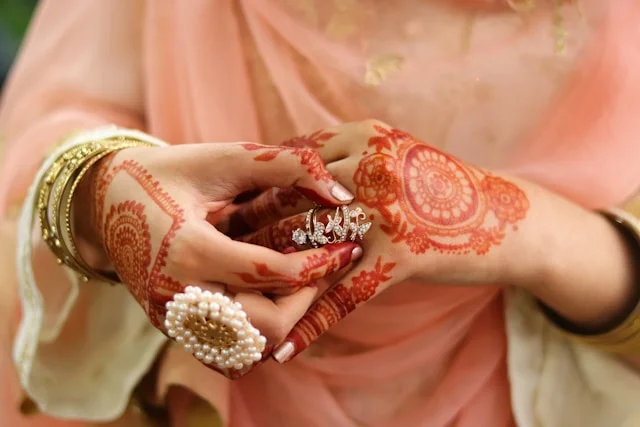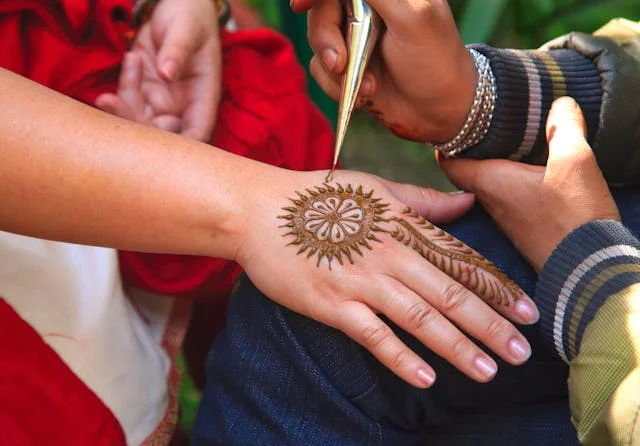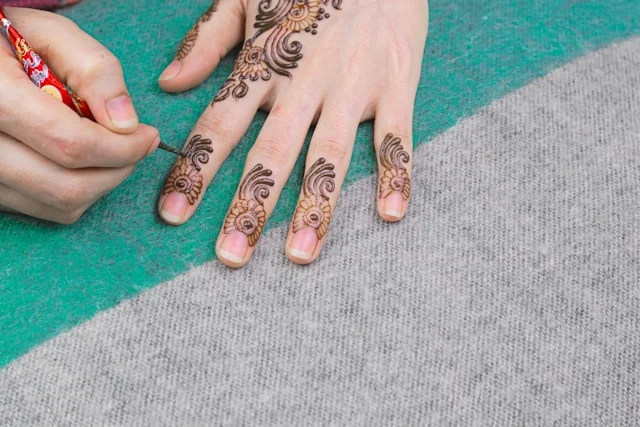Henna Artistry: A Time-Honored Tradition
Explore the rich and cultural world of mehndi, an ancient art form that has captivated
hearts and adorned hands for centuries. From traditional ceremonies to modern celebrations,
mehndi, or henna, holds a special place in diverse cultures across the globe. Let's delve
into the intricacies of this timeless tradition, exploring its origins, symbolic
significance, application techniques, and evolving trends.
Origins of Mehndi: A Journey Through Time
Mehndi's origins can be traced back thousands of years to ancient civilizations in Egypt,
India, and the Middle East. The use of henna for body art and rituals was prevalent in
various cultures, signifying different meanings. In India, mehndi is deeply rooted in Vedic
traditions and is considered auspicious, symbolizing joy, beauty, and spiritual awakening.
As the practice spread, it became an integral part of weddings, festivals, and other
significant ceremonies.
Symbolic Significance: Beyond Ornamentation
Mehndi transcends mere decoration; it carries profound symbolism and cultural significance.
Traditionally, the intricate patterns symbolize joy, love, and spiritual awakening. In many
cultures, mehndi is believed to bring good luck and ward off evil spirits. The reddish-brown
stain left by henna is said to represent the bond of love and understanding within a
marriage. Today, the application of mehndi is not only a cultural ritual but also a form of
self-expression and celebration.
Application Techniques: Artistry in Motion
The application of mehndi involves a skilled artist creating intricate designs on the skin
using a paste made from crushed henna leaves. The process is both meticulous and artistic,
with patterns ranging from delicate swirls to elaborate geometric shapes. Mehndi artists
often draw inspiration from nature, cultural motifs, and contemporary trends. Bridal mehndi,
in particular, is known for its detailed and elaborate designs, symbolizing beauty, joy, and
the promise of a new beginning.
Evolving Trends: Mehndi in the Modern Age
While traditional mehndi designs remain popular, the art form has evolved to embrace
contemporary styles and trends. Fusion mehndi, incorporating elements from various cultures,
has gained popularity. Additionally, white henna, glitter, and colored variants offer modern
twists to the traditional practice. Mehndi has become not only a cultural tradition but also
a global phenomenon, with people from different backgrounds embracing its beauty.
Mehndi in Celebrations: A Living Tradition
Mehndi continues to play a significant role in celebrations, especially weddings and
festivals. The application of bridal mehndi is a cherished pre-wedding ritual in many
cultures, symbolizing love and prosperity. Festivals like Diwali, Eid, and Karva Chauth are
also occasions when mehndi takes center stage, enhancing the festive spirit and creating a
sense of community.
In conclusion, mehndi's enduring charm lies in its ability to bridge the gap between tradition
and modernity. Whether applied for cultural rituals, celebrations, or personal expression,
mehndi remains a captivating art form that continues to evolve while preserving its cultural
roots. As hands adorned with intricate henna designs tell stories of tradition, love, and
celebration, mehndi stands as a testament to the timeless beauty of cultural practices.
